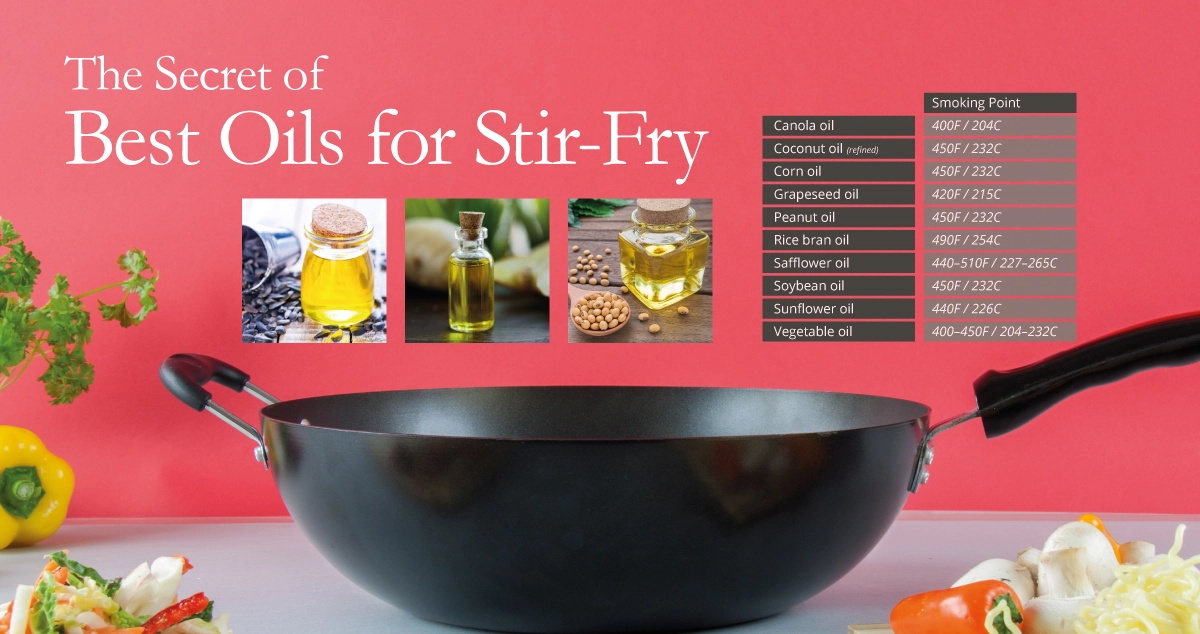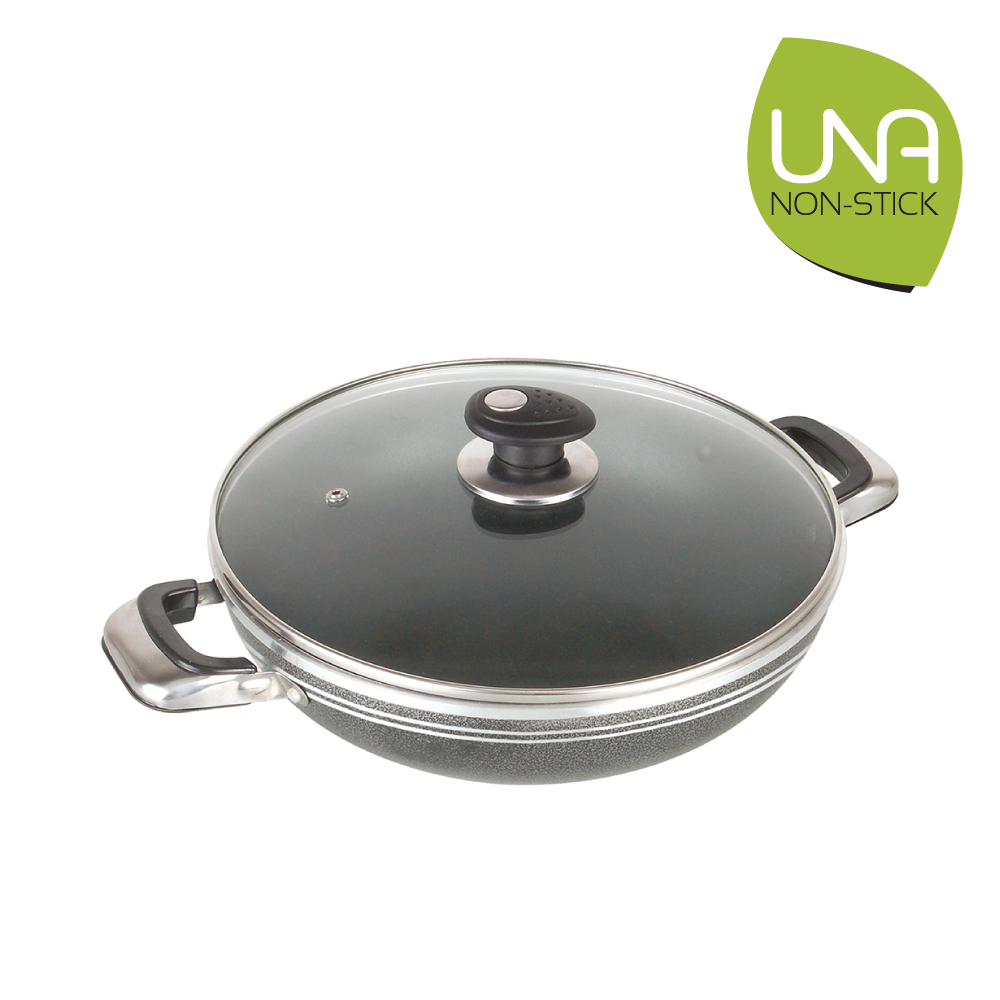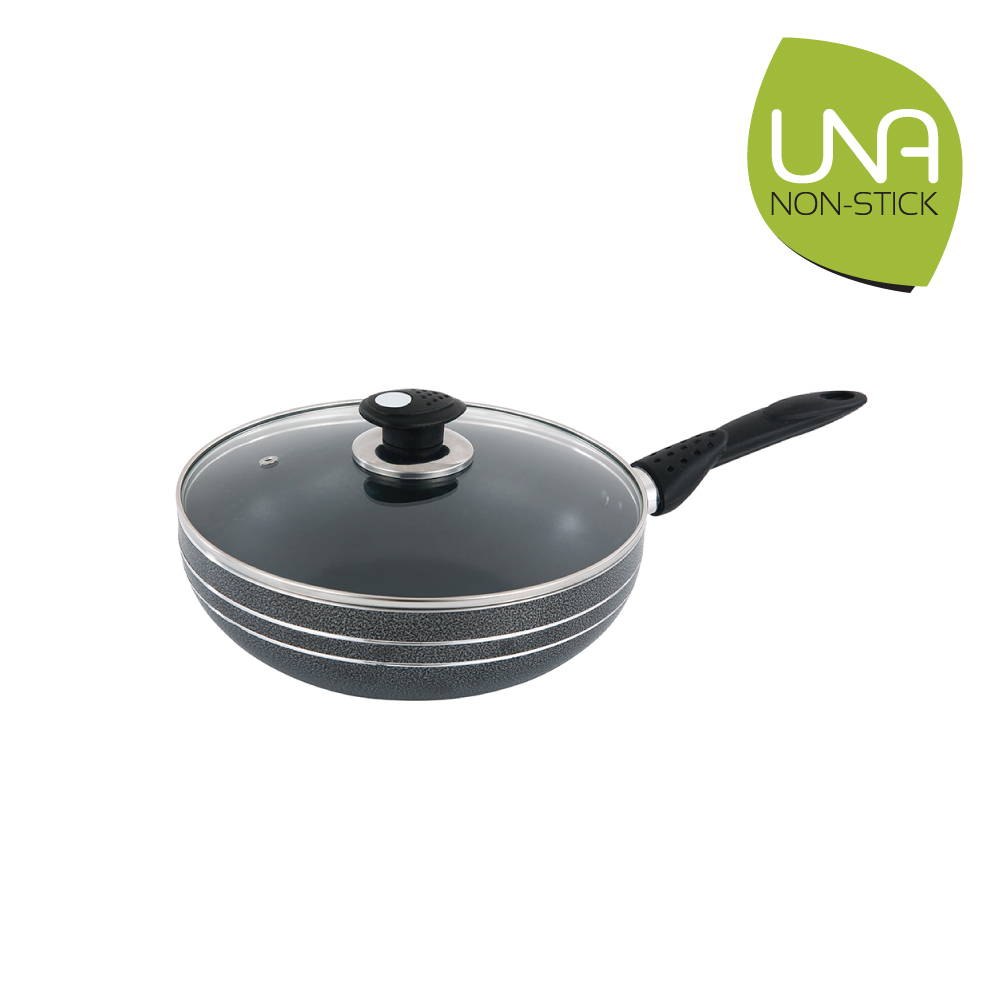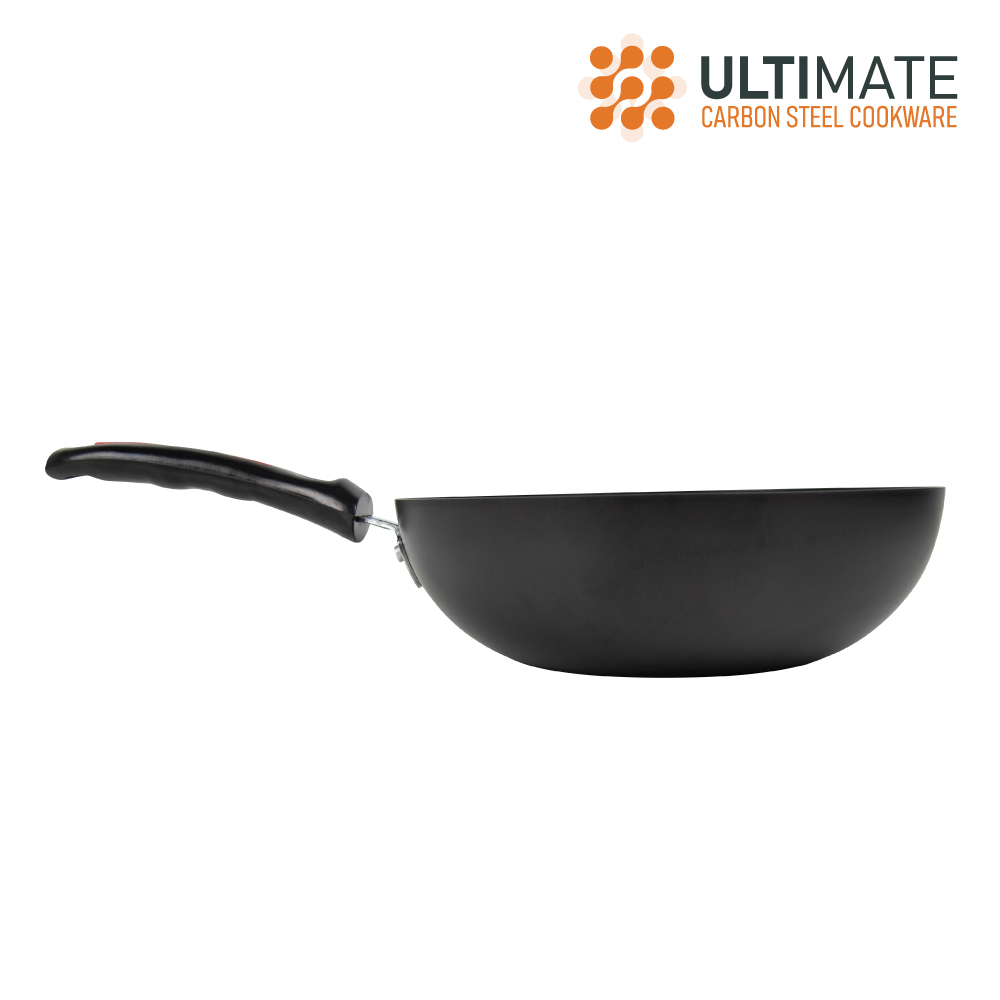
Stir fry recipes typically use a wide variety of delicious ingredients, but taste can be severely compromised by the use of the wrong oil during cooking. Oil is the key component in stir frying, with ingredients being lightly coated to allow easy tossing and stirring, so this singular component has the potential to ruin the taste and quality of the finished meal.
If you’ve been using just any oil to stir fry your food, it’s time you look into the different factors that make a good cooking oil for this common and versatile cooking method.
It is rare to use butter or other strong-tasting oils and oil substitutes for stir-frying. Traditional Chinese stir-frying methods always choose neutral-tasting oils so as not to impact the taste of the ingredients themselves.
Oils with the most neutral flavour include canola, soybean, corn, and coconut oil. However, some oils with mild flavours like peanut oil may be a good choice for some recipes, especially those involving rice.
What’s more, some producers offer stir-fry specific oils that infuse the flavour of garlic and onions for a stronger taste. These can be highly flavoured, particularly for stir-fry recipes with limited ingredients.
When choosing a fat or oil to cook your stir-fry, use the most refined high-heat vegetable oil you can find. Choosing the right oil for your recipe is the key to a perfect result.
The best oils for stir-fry preparation are those which have a smoking point temperature of 400°F or above. Check out the image above for a list of the best.
Be careful: oils that do not reach a high smoking point, such as olive oil, can result in food that tastes burnt even if it looks perfectly fine.


